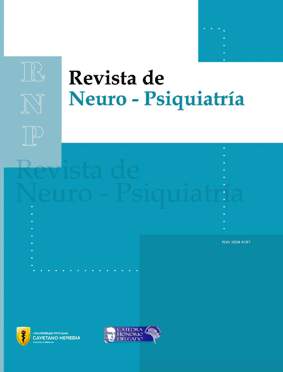Is the division between "classic" and "atypical" antipsychotics still valid?
DOI:
https://doi.org/10.20453/rnp.v82i3.3575Abstract
The development of "atypical" or "second generation" antipsychotics, generated great expectations from the 1990s, as they were attributed more efficacy and tolerability than the "typical", "classic" or "first generation" antipsychotics, due mostly to the impact of a huge advertising campaign by the pharmaceutical industry. However, different studies have not been able to prove, in a categorical way, the alleged superiority of that group of drugs in terms of efficacy, prevention of relapses or production of adverse effects. On the other hand, the classification of "classic" and "atypical" antipsychotics cannot be supported either by factors such as chemical structure, mechanisms of action, costs or years in the market, , given the heterogeneity that both groups exhibit. For such reasons, it is suggested that the existing dichotomy should be ruled out.













 RNP is distributed under a
RNP is distributed under a 